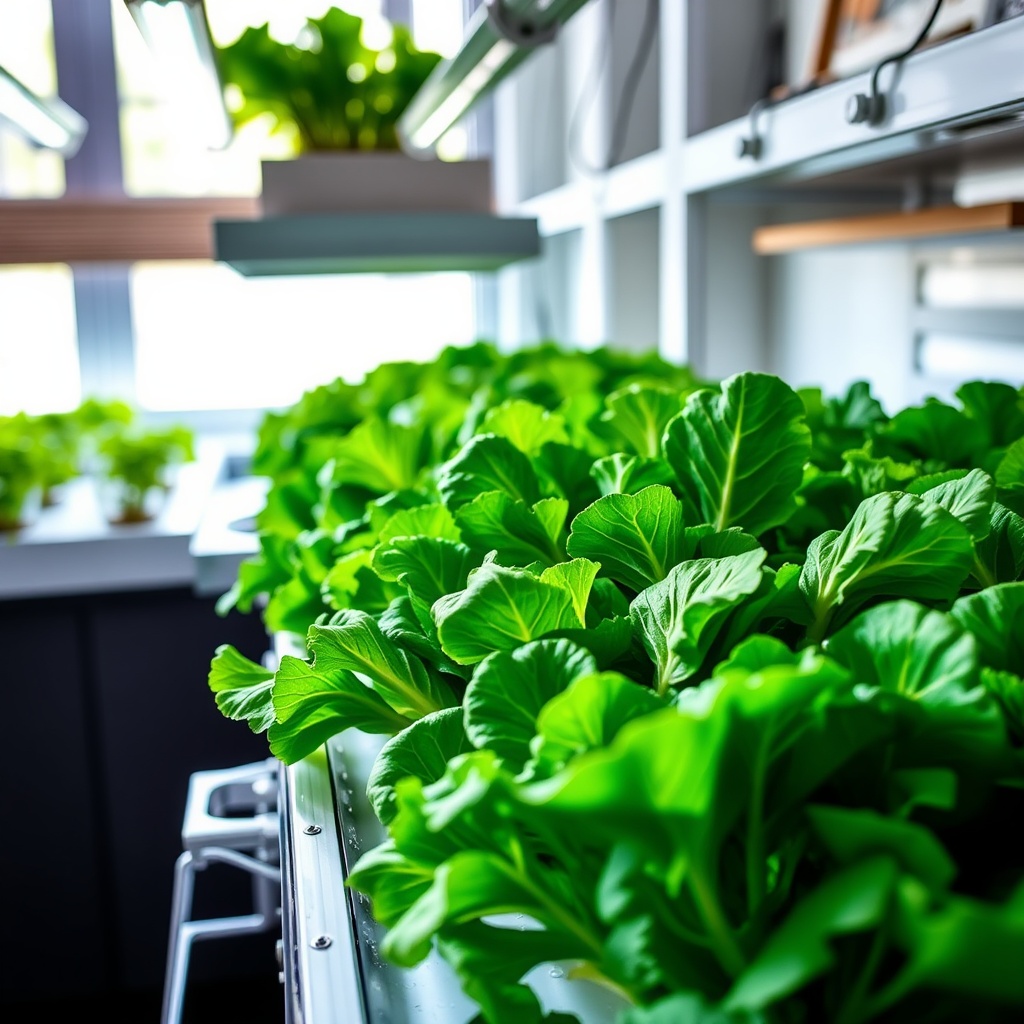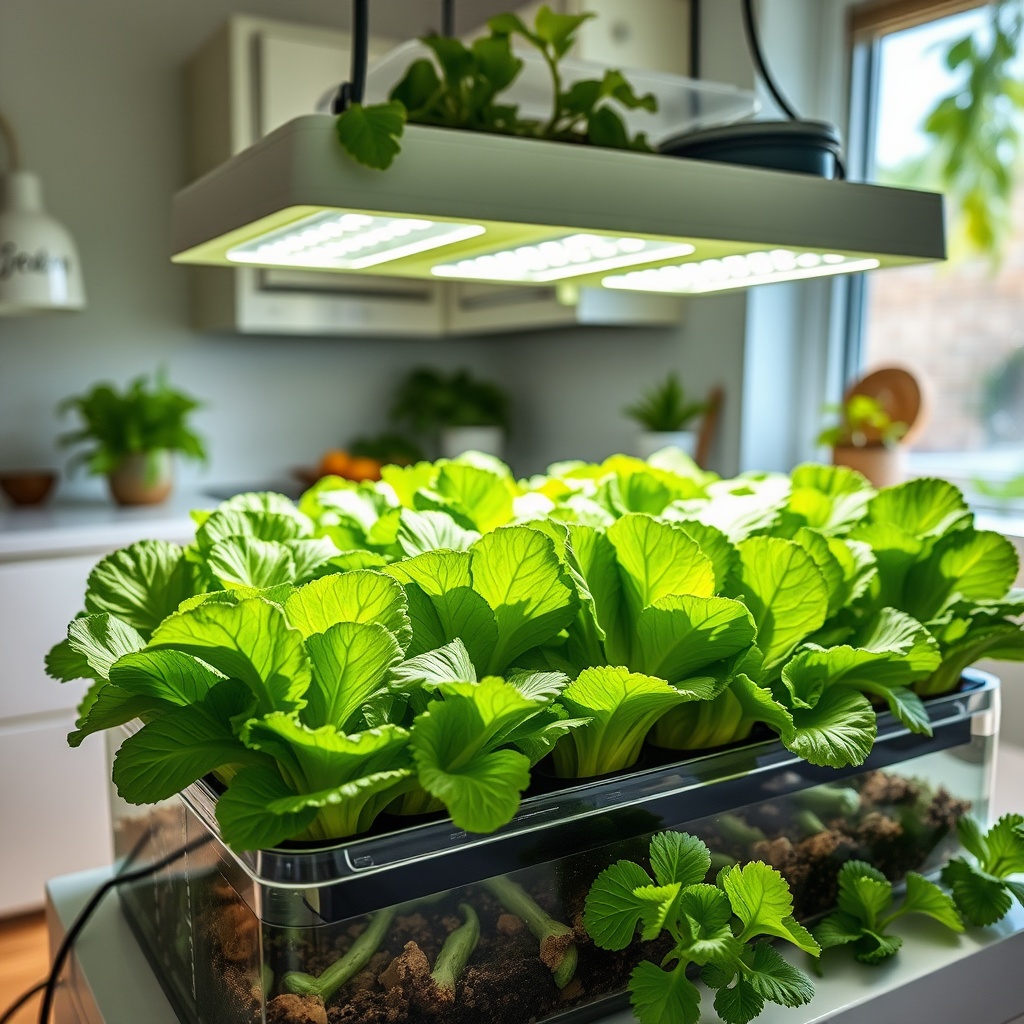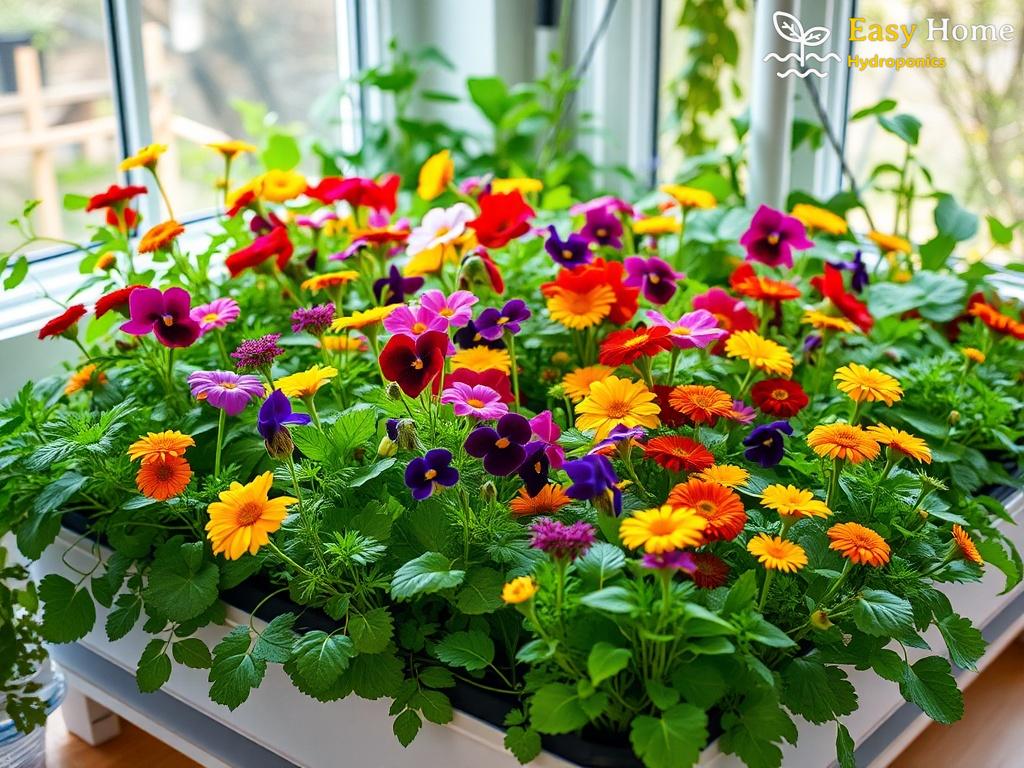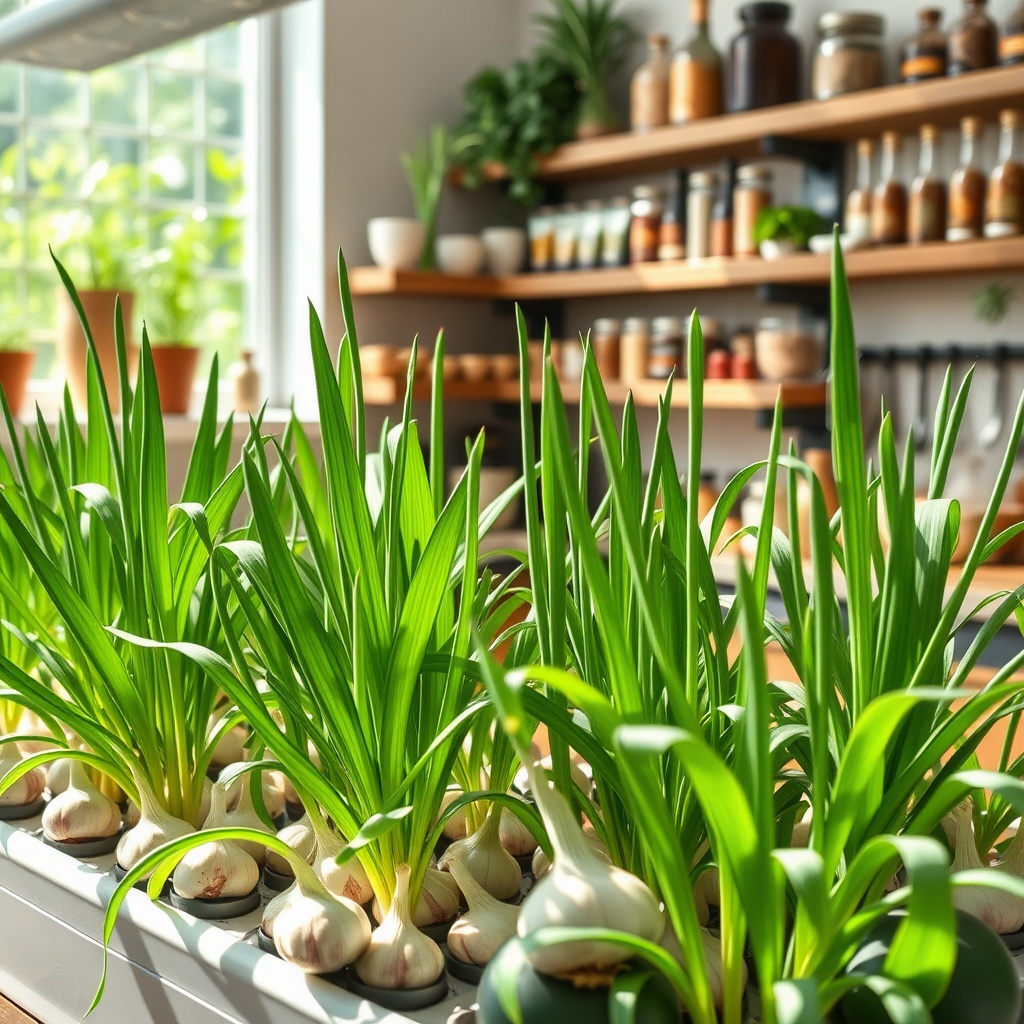Imagine stepping into your kitchen and plucking fresh, crisp romaine lettuce leaves, bursting with flavor and nutrients, all grown right at home! Hydroponic gardening has revolutionized how we think about growing our food, making it not only possible but also easy and rewarding. If you’re ready to embark on this green journey, let’s dive into the fascinating world of hydroponics and discover how to cultivate your own romaine lettuce.
The Hydroponic Advantage

Hydroponics is an innovative method of growing plants without soil, using nutrient-rich water instead. This technique allows for faster growth, higher yields, and the ability to grow in limited spaces. For those looking to grow romaine lettuce, which requires consistent moisture and nutrients, hydroponics offers an ideal solution. But what makes hydroponic lettuce superior to traditionally grown lettuce? Here’s a quick comparison:
- Growth Rate: Hydroponically grown lettuce can be harvested in as little as 30 days compared to 70 days in soil.
- Space Efficiency: Hydroponic systems can be set up vertically or in small areas, making it perfect for urban living.
- Water Usage: Hydroponics use up to 90% less water than traditional farming methods.
- Pest Control: Growing indoors or in controlled environments reduces the risk of pests and diseases.
Steps to Get Started

Now that you’re inspired by the benefits of hydroponics, let’s explore the essential steps to grow your own romaine lettuce at home. Follow these straightforward directions to ensure a bountiful harvest:
- Choose Your Hydroponic System: Options like deep water culture, nutrient film technique, or wick systems can be effective. Each system has its own set of advantages and requirements.
- Select Quality Seeds: Look for organic romaine lettuce seeds to ensure the best flavor and growth potential.
- Prepare Your Nutrient Solution: Use a balanced hydroponic nutrient mix designed specifically for leafy greens.
- Monitor Light and Temperature: Romaine lettuce thrives in cooler temperatures (60-70°F) and requires 12-16 hours of light daily. Utilize grow lights if natural light is insufficient.
- Maintain pH Levels: Keep the pH of your nutrient solution between 5.5 and 6.5 for optimal nutrient absorption.
- Transplant Seedlings: Once your seedlings have developed roots, transplant them into your hydroponic system.
- Harvest with Care: When the leaves are about 6-8 inches tall, it’s time to enjoy your crisp romaine. Harvest by cutting the outer leaves first to allow the inner leaves to continue growing.




